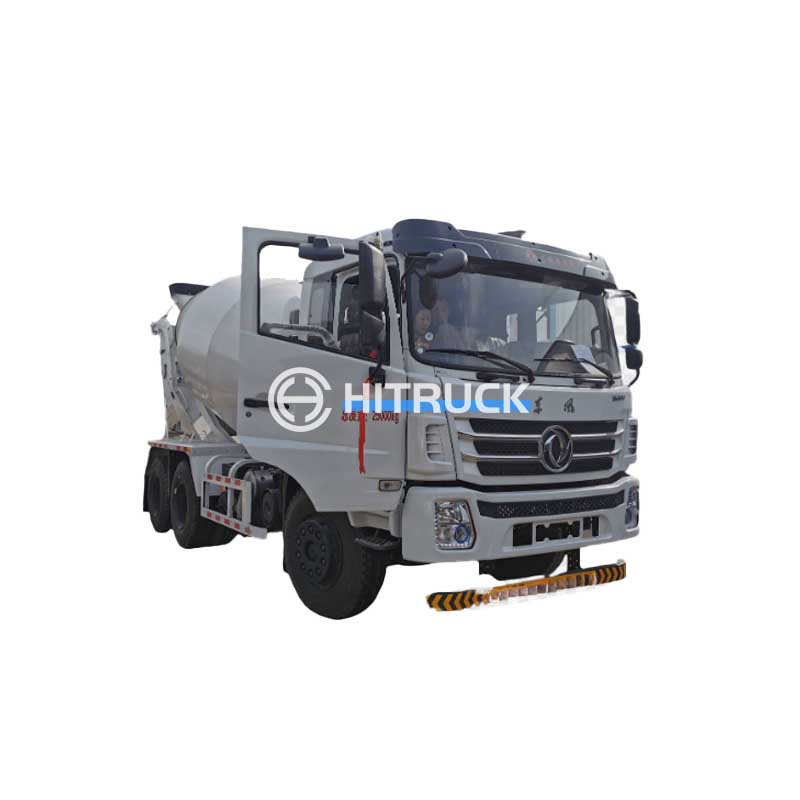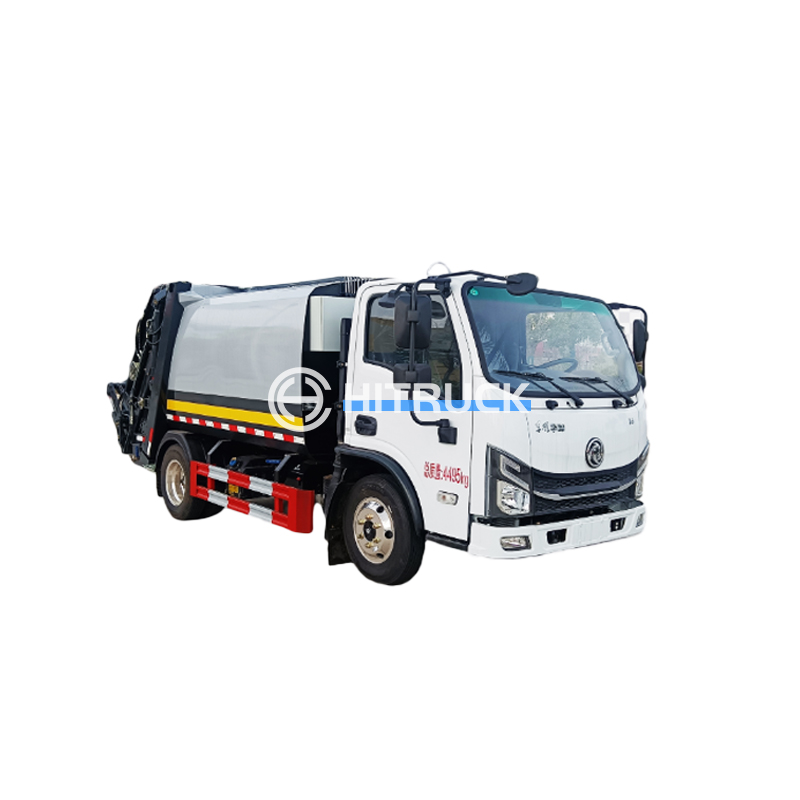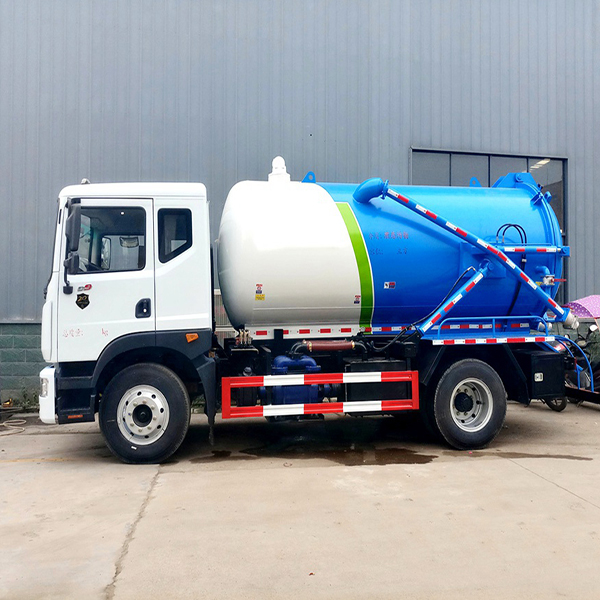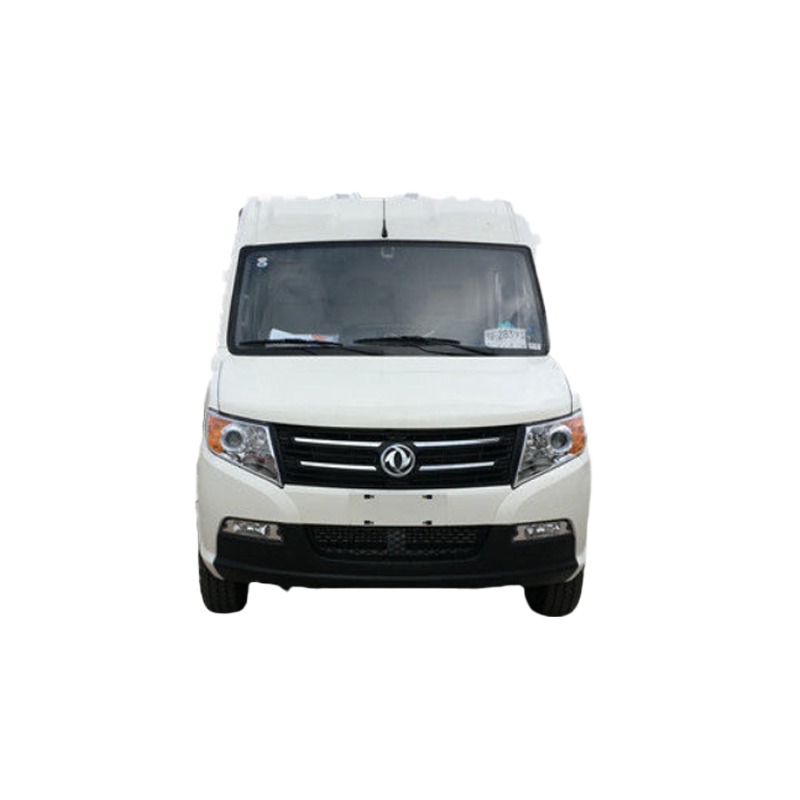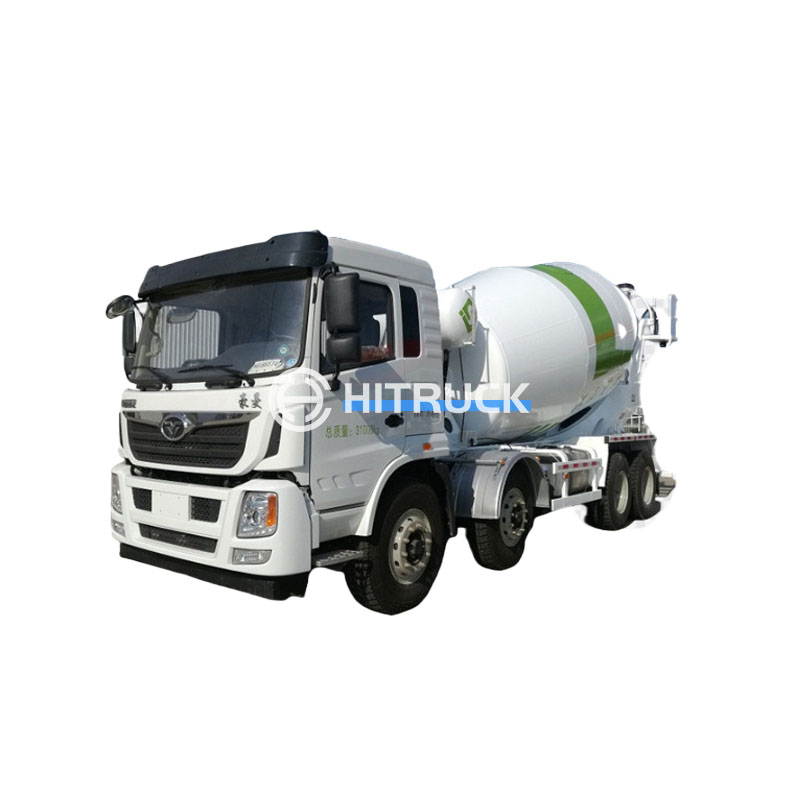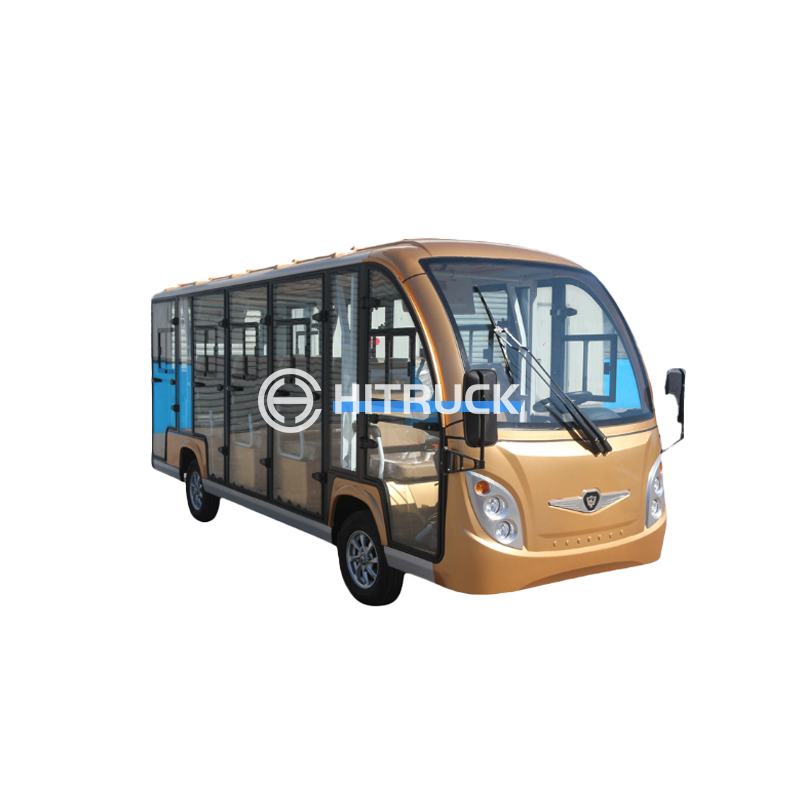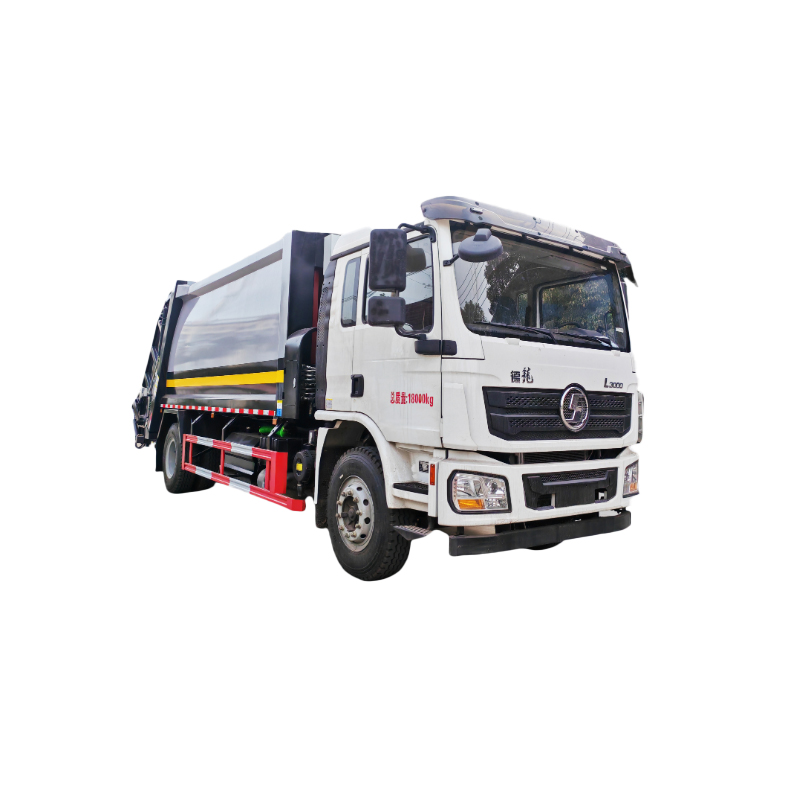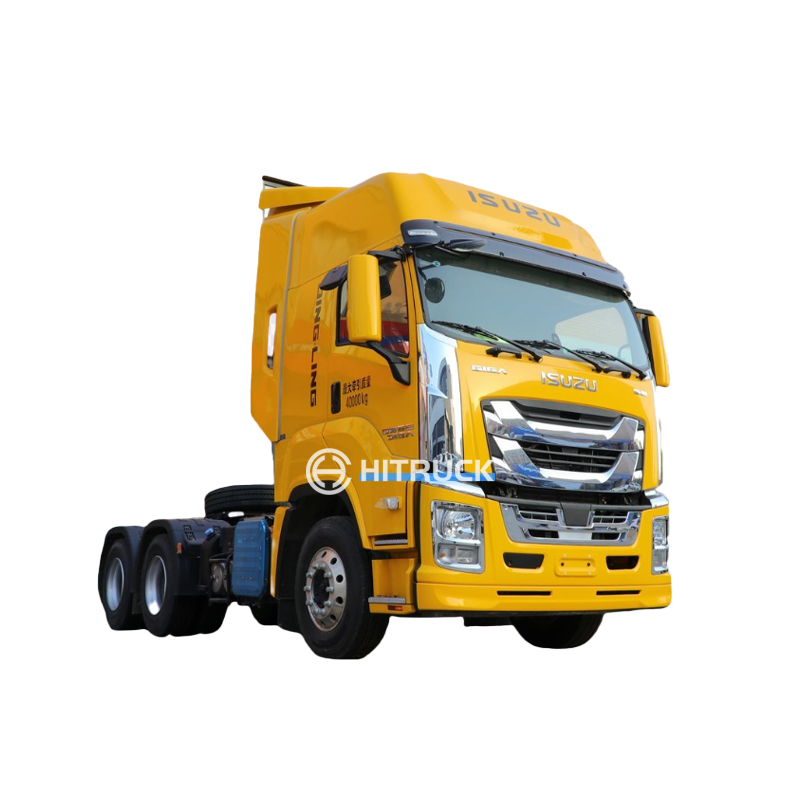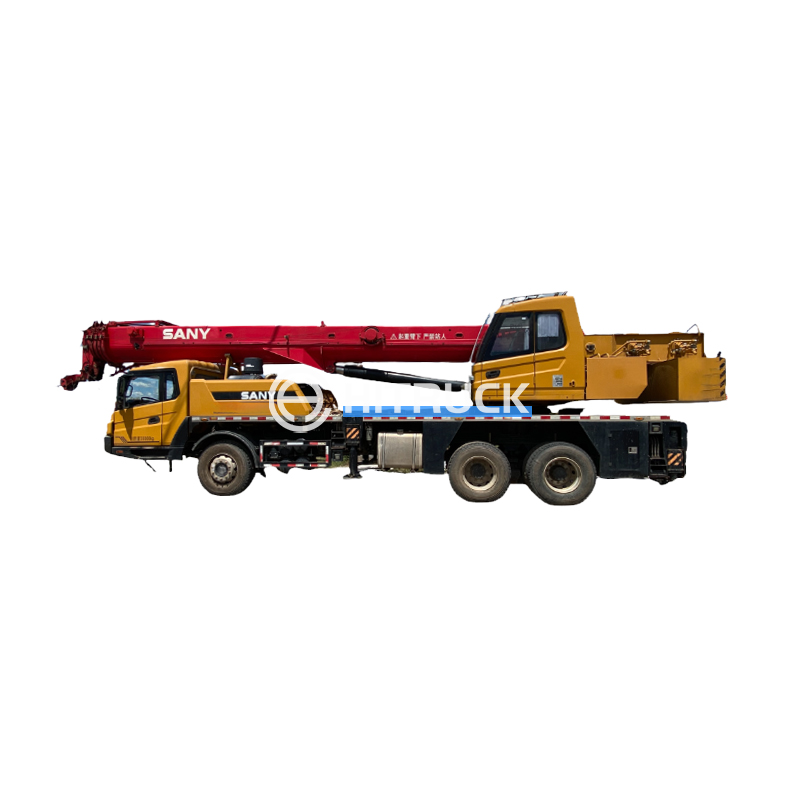Fixed Tower Cranes: A Comprehensive GuideUnderstanding the nuances of fixed tower cranes is crucial for successful construction projects. This guide delves into the key aspects of these essential pieces of equipment, covering their types, applications, safety considerations, and more. We'll explore the advantages and disadvantages, helping you make informed decisions for your next project.
Types of Fixed Tower Cranes
1. Top-Slewing Cranes
Top-slewing fixed tower cranes are the most common type, characterized by their rotating top section that houses the hoisting mechanism and jib. Their compact design makes them suitable for various construction sites, particularly those with limited space. They are often chosen for their versatility and capacity to lift heavy loads. The slewing mechanism sits atop the tower, allowing for 360-degree rotation.
2. Hammerhead Cranes
Hammerhead fixed tower cranes feature a large, horizontal jib with a counterweight at the rear. This design provides excellent stability and lifting capacity, making them ideal for large-scale construction projects like skyscrapers and bridges. Their larger size and higher lifting capacity come with a correspondingly larger footprint requirement.
3. Flat-Top Cranes
Flat-top fixed tower cranes offer a more streamlined profile compared to hammerhead cranes. The absence of a prominent counterweight gives them a sleeker appearance and allows for easier transport and assembly. They are often chosen for projects where aesthetics and maneuverability are important factors. While potentially having a smaller footprint, lifting capacity might be slightly lower than hammerhead cranes.
Choosing the Right Fixed Tower Crane
Selecting the appropriate fixed tower crane depends on several factors: Lifting Capacity: The weight the crane needs to lift. This should always exceed the heaviest load expected on the construction site. Jib Length: The horizontal reach of the crane, impacting the area it can cover. Proper jib selection prevents awkward reach that can compromise lift capacity. Height Under Hook: The maximum height the crane can lift the load to. This height is critical when determining project requirements. Site Conditions: Factors such as available space, ground conditions, and potential obstructions must be carefully evaluated. Project Requirements: The specific needs of the construction project, including the types of materials being lifted and the frequency of operation.
Safety and Maintenance of Fixed Tower Cranes
Safety is paramount when working with fixed tower cranes. Regular inspections, proper training for operators, and adherence to safety regulations are essential. Maintenance is a continuous process involving lubrication, checks for structural integrity, and prompt repairs or replacements of any faulty parts. Failure to maintain fixed tower cranes properly can lead to serious accidents.
Cost Considerations
The cost of a fixed tower crane depends on its specifications, including size, lifting capacity, and features. Rental or purchase options exist; renting is typically preferred for short-term projects, while purchase is more suitable for long-term use. Factor in installation, transportation, maintenance, and operator costs when budgeting. Consult with professionals, such as those at Suizhou Haicang Automobile sales Co., LTD (
https://www.hitruckmall.com/), for accurate cost estimations tailored to your project.
Comparison of Fixed Tower Crane Types
| Feature | Top-Slewing | Hammerhead | Flat-Top |
| Lifting Capacity | Medium | High | Medium to High |
| Jib Length | Variable | Long | Variable |
| Space Requirement | Moderate | Large | Moderate |
This guide provides a foundational understanding of fixed tower cranes. Further research and consultation with industry professionals are recommended before making any decisions about integrating these crucial pieces of equipment into your construction plans. Remember to always prioritize safety.

